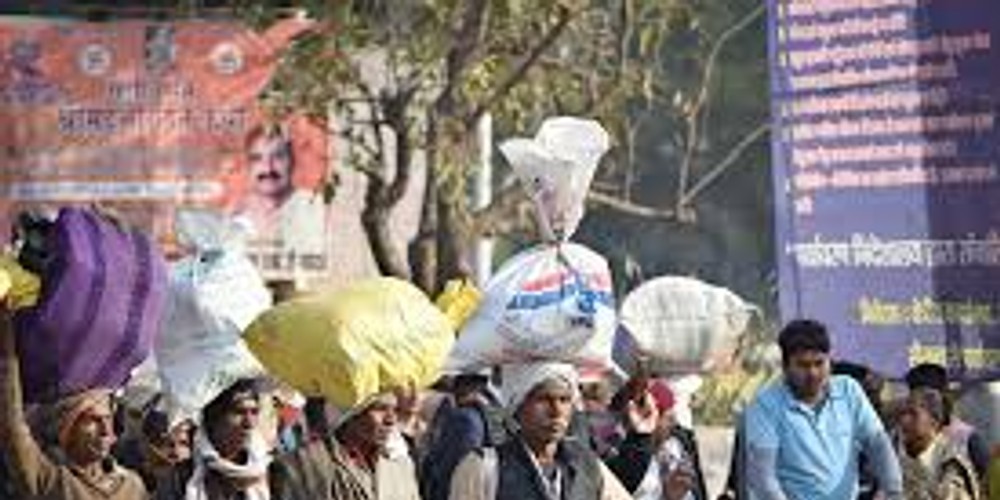Date first published: 14/04/2020
Key sectors: all
Key risks: economic growth; sovereign risks; political stability
On 24 March, Prime Minister Narendra Modi ordered a near-complete three-week nationwide lockdown, giving residents only four hours’ notice before the order took effect. The government has since extended the lockdown until 3 May. For all the coverage of the impact of lockdowns across the developed world, the effects are dwarfed by India’s challenges of both enforcing the measures and mitigating their impact. India is an extreme case of a general problem across the developing world. Social issues such as low income, high inequality, inadequate healthcare facilities with poor capacity together with deploying financial relief programs magnify the economic effects of lockdowns.
The lockdown is designed to slow the spread of COVID-19. To date, India only has a reported around 10,000 cases, 339 deaths – low given the size of the population. Yet testing is limited, and the actual number of infections is likely much greater. The lockdown may slow the spread of the virus, although social distancing is hard to follow in densely inhabited areas. Hygiene standards are low, and the mass of migrants attempting to flee the cities led to overflows at transit locations following the announcement of the lockdown, which has likely increased transmission. These challenges imply that for India to control the COVID-19 spread requires a long lockdown.
However, the costs of the lockdown are extreme. Somewhere between 75 and 80 per cent of economic activity is suspended. A large number of Indians live paycheck to paycheck and are thus unable to sustain themselves. Many millions are migrant labourers in cities and had few options other than to return to their villages hundreds or thousands of miles away and largely by foot – in what was the largest migration in Indian history since partition. By some accounts ninety per cent of India’s workforce is employed in the informal sector, which provides social security.
There have been some attempts by the government to mitigate the economic harm. On a macrolevel, India’s main financial institutions remain stable – albeit facing rising difficulties. Public debt is high, but Indian maintains an investment grade credit rating, notwithstanding rising deficits. While super-imposed on a struggling economy, at this stage it appears that the macroeconomy will continue to function. But the micro impact is huge. Even when the lockdown is relaxed, it will be difficult for migrant workers to return from their villages to work. Agriculture is one of the sectors more affected, with its supply chains crippled as the shutdown comes during the harvesting and sale season. Finance minister Nirmala Sitharaman INR1.7tn (US$22bln) relief package could help mitigate the effect, but large sections are vague. While there are some, albeit limited direct benefits to the poor, benefits only extend to those who have bank accounts or are registered under government schemes, leaving a large section of the informal labour force out of the aegis of the relief package.
More than most countries, India’s experience questions the merits of continued harsh restrictions on economic activity. Yet at least on a political level, the Modi government still seems to be stable. A large parliamentary majority and an opposition in disarray implies that he has some room. In the early days of the lockdown, the majority appeared to be supportive of the government’s actions. However, if the economy continues to collapse, and poverty grows, the government could face a serious legitimacy challenge.



